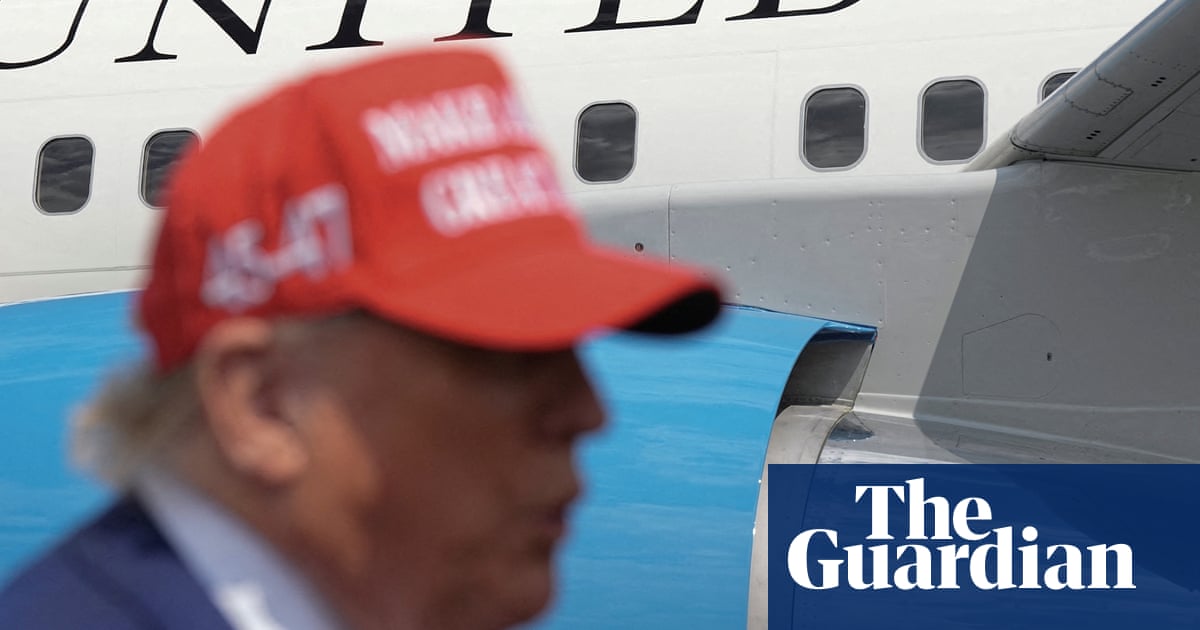B-2 Bomber Deployment: A Strategic Move Amid Middle East Tensions
The recent decision by the United States to reposition B-2 bombers to the Pacific island of Guam has generated considerable interest and speculation regarding its implications. This move coincides with escalating tensions in the Middle East, particularly concerning the ongoing conflict involving Israel and Iran.
Strategic Positioning of B-2 Bombers
Sources have indicated that the deployment of B-2 bombers to Guam aims to enhance the U.S. military’s strategic capabilities in the region. While specifics about the number of bombers being relocated remain undisclosed, the B-2’s advanced capabilities make it a formidable asset. Notably, this stealth bomber can be equipped with the 30,000-pound GBU-57 Massive Ordnance Penetrator (MOP), a weapon designed to penetrate deep underground targets. Experts believe such capabilities could be crucial for targeting installations associated with Iran’s alleged nuclear weapons program, specifically its Fordow facility.
The Link to Middle East Tensions
While the precise motivations for this deployment are not entirely clear, its timing is significant. As tensions escalate in the Middle East, particularly following Israel’s recent military actions and the ongoing altercations with Iran, many analysts suspect the moves might be interconnected. Israel has accused Iran of nearing the development of nuclear weapons, while Iran insists that its nuclear program is intended purely for peaceful purposes.
Diego Garcia: A Key Military Asset
Attention is also focused on the possibility of the B-2 bombers moving further towards Diego Garcia, a U.S.-British military base located in the Indian Ocean. Experts argue that Diego Garcia offers a strategic vantage point for operations aimed at the Middle East, making it an ideal location for any future activities involving the B-2s. Until recently, bombers had been stationed there, but they were replaced by B-52 bombers just last month.
Current Developments in Israel-Iran Relations
The backdrop of this military repositioning is marked by Israel’s assertion that it successfully targeted a veteran Iranian commander amid a week-long air war. This ongoing conflict further complicates diplomatic efforts, as Tehran continues to assert that it will not engage in negotiations over its nuclear program while facing military threats. The current situation is a delicate balancing act not just for the U.S., but for the entire international community.
Trump’s Decision-making Timeline
Former President Donald Trump has made headlines with his statement regarding the potential U.S. involvement in the conflict on Israel’s side. He indicated that he would take up to two weeks to decide, emphasizing the need for time to gauge whether diplomatic resolutions could materialize. His remarks reflect the cautious approach the U.S. is taking in a highly volatile situation, one that could have ramifications beyond the immediate region.
Increased Military Readiness in the Region
The movement of various military assets across different regions underscores the United States’ preparedness to respond to the shifting geopolitical landscape. Reports indicate a significant increase in the number of tanker aircraft deployed to Europe, as well as additional fighter jets sent to the Middle East. Furthermore, an aircraft carrier currently stationed in the Indo-Pacific region is reportedly en route to the Middle East, enhancing the U.S. military’s readiness to act decisively if required.
Conclusion
While specific details about the B-2 bomber deployment remain sparse, the strategic implications are undeniable. The interplay of military readiness, diplomatic maneuvering, and ongoing tensions between Israel and Iran sets the stage for a complex geopolitical scenario. As developments unfold, the eyes of the world will be keenly focused on how the U.S. responds, both militarily and diplomatically.


